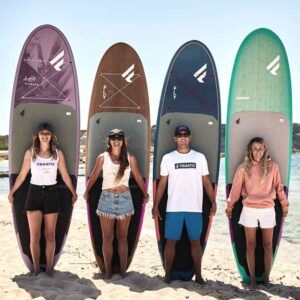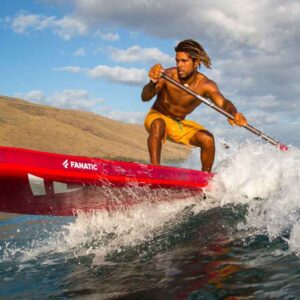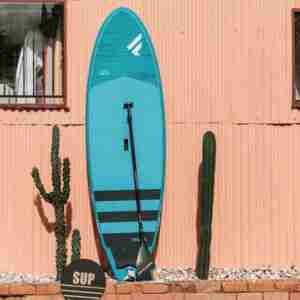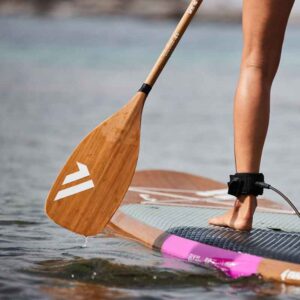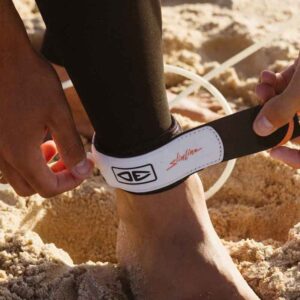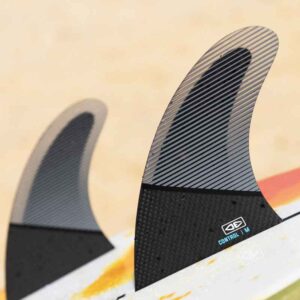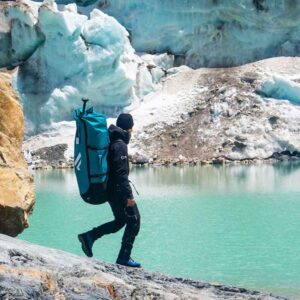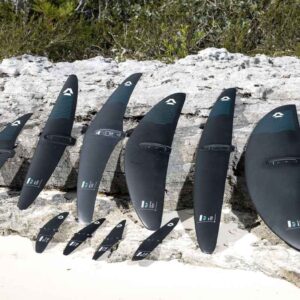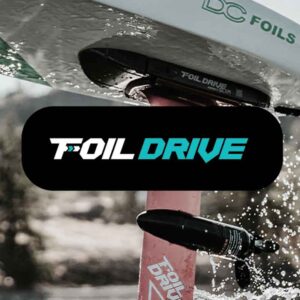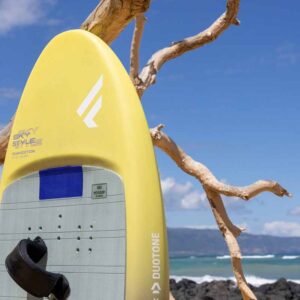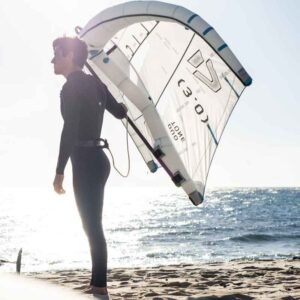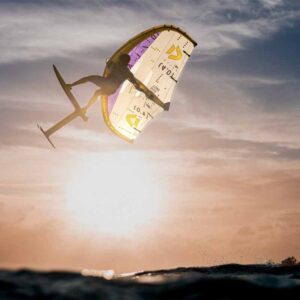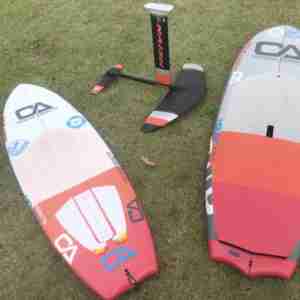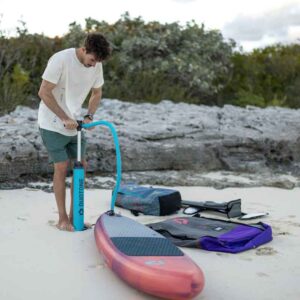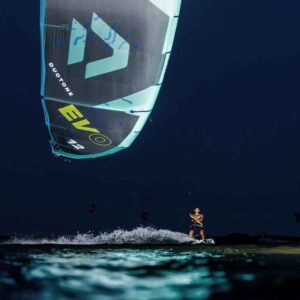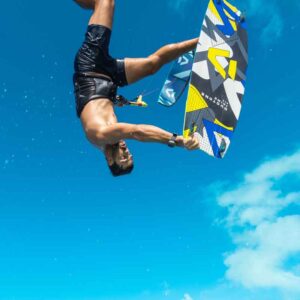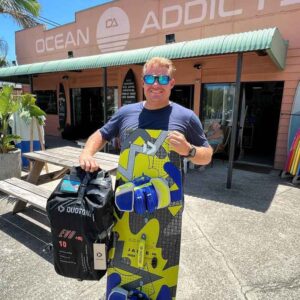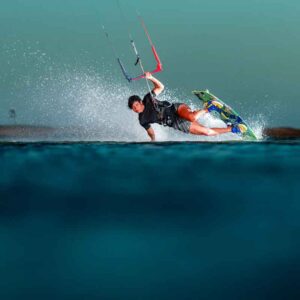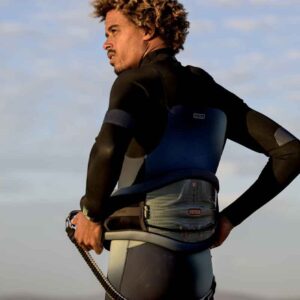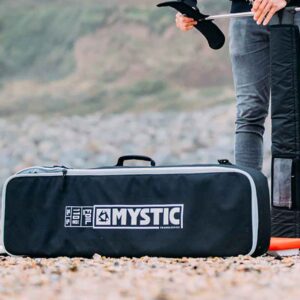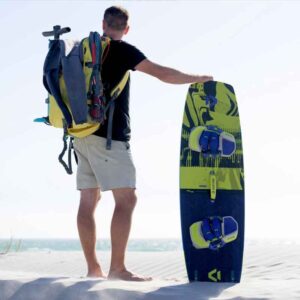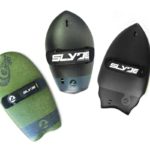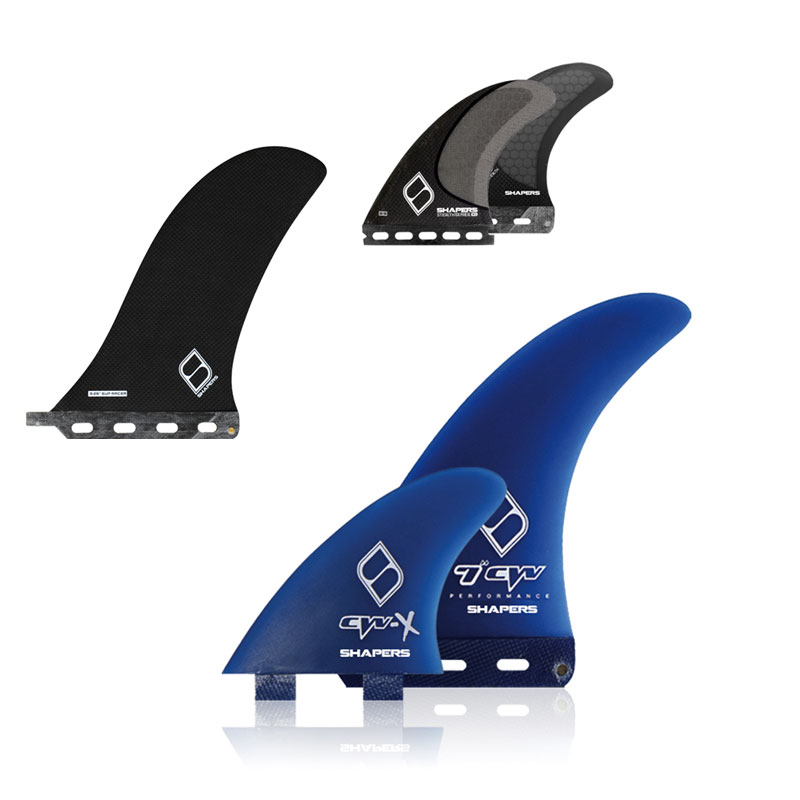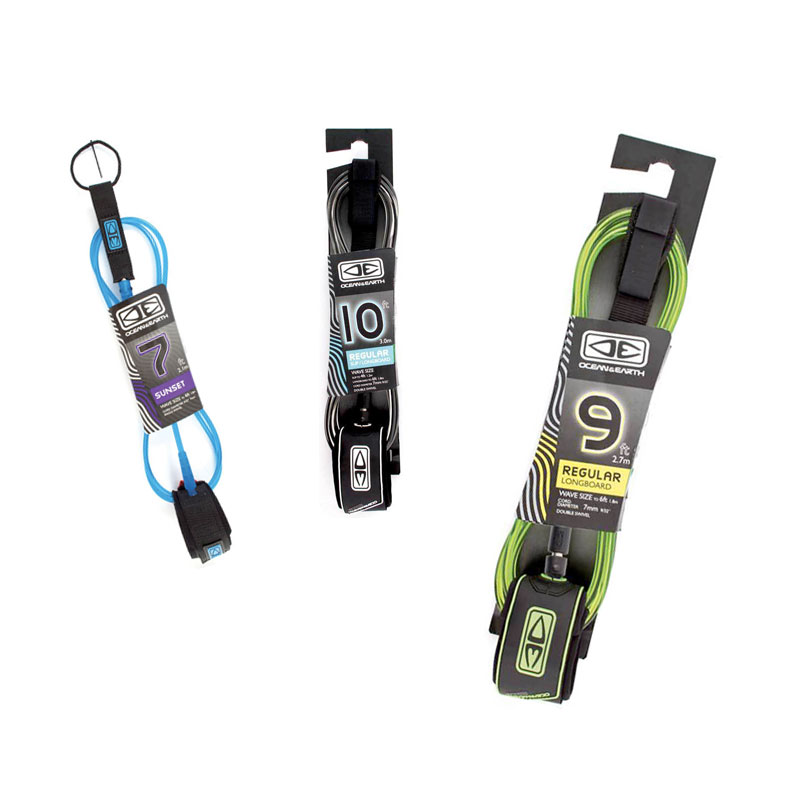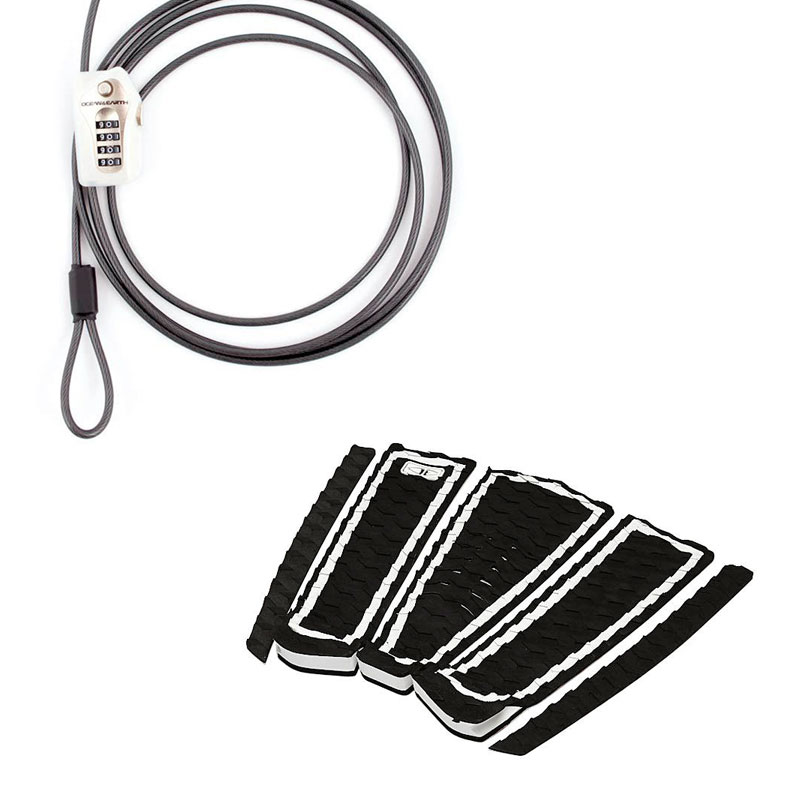For the average beginner, looking at all of the different sizes, shapes and styles of boards can be quite overwhelming sometimes. Here’s a rundown of what you need to look for in a board for the most popular disciplines.
Board Types
ALLROUND
 Before you decide to enter any long distance races, take on any overhead surf, or set off on a 3 day SUP safari, you need to make sure that you have the basics down pat. A part of learning the basics is deciding what angle you want to take on the sport…weather you would like rip up waves in the surf, cruise the flat water or maybe hit the oceans and lakes and get into the racing! This is where all-round boards come in, these boards are perfect for anyone who wants to paddle around on flat water small waves or even in the ocean. The watchword with all-round boards is stability. Stability comes from having a long, wide and buoyant board without too much rocker (see glossary at bottom of page). Popular beginner boards that tick all of these boxes include the Naish Mana and Fanatic Allround. These boards are usually between 9’5″ and 11’0″ and usually around 31″ wide. Beware that an inch or two, whilst not seeming much can make all the difference. For example, a 30″ board can be hugely more stable than a 28″ board, however this is not always the case! For more specific info call or email the experts.
Before you decide to enter any long distance races, take on any overhead surf, or set off on a 3 day SUP safari, you need to make sure that you have the basics down pat. A part of learning the basics is deciding what angle you want to take on the sport…weather you would like rip up waves in the surf, cruise the flat water or maybe hit the oceans and lakes and get into the racing! This is where all-round boards come in, these boards are perfect for anyone who wants to paddle around on flat water small waves or even in the ocean. The watchword with all-round boards is stability. Stability comes from having a long, wide and buoyant board without too much rocker (see glossary at bottom of page). Popular beginner boards that tick all of these boxes include the Naish Mana and Fanatic Allround. These boards are usually between 9’5″ and 11’0″ and usually around 31″ wide. Beware that an inch or two, whilst not seeming much can make all the difference. For example, a 30″ board can be hugely more stable than a 28″ board, however this is not always the case! For more specific info call or email the experts.
SURFING
 There’s no denying that however popular racing or touring become, SUPing’s roots will always be in surfing. It’s not surprising then that SUP boards designed for surf are similar in many respects to their surfing cousins. For starters, you can expect more rocker – to help to drive and turn the board when riding on waves. You’ll also find narrower tails and different tail shapes (bats, swallows and pins for example), again to ensure you can throw the board into turns, and your fin setup becomes much more important, with many surf-specific SUPs having a thruster set up or stabiliser fins. Unsurprisingly Robbie Naish’s boards set the standard, with the Hokua series at the cutting edge of performance surf kit. When looking at these performance wave boards, construction also becomes of high emphasis with materials like carbon fibre, kevlar and fibreglass used to make different weight and different flex in boards!
There’s no denying that however popular racing or touring become, SUPing’s roots will always be in surfing. It’s not surprising then that SUP boards designed for surf are similar in many respects to their surfing cousins. For starters, you can expect more rocker – to help to drive and turn the board when riding on waves. You’ll also find narrower tails and different tail shapes (bats, swallows and pins for example), again to ensure you can throw the board into turns, and your fin setup becomes much more important, with many surf-specific SUPs having a thruster set up or stabiliser fins. Unsurprisingly Robbie Naish’s boards set the standard, with the Hokua series at the cutting edge of performance surf kit. When looking at these performance wave boards, construction also becomes of high emphasis with materials like carbon fibre, kevlar and fibreglass used to make different weight and different flex in boards!
RACING
 Racing is one of the fastest growing SUP disciplines, and race boards have undergone something of a revolution in the last couple of years, now borrowing as much from the world of sailing as surfing. With the ‘displacement hull’ revolution now in full swing (displacement hulls are more efficient when a board isn’t planning), there is a new generation of staggeringly quick boards to meet the needs of an ever more competitive race scene. With extra length and less width, boards such as the Naish Javelin Series literally cut through the water. Race boards are now also getting lighter than ever before to really allow for that extra edge on the water! When considering a race board, the boards are broken down into different types, the open ocean downwind boards and the flat water race boards. Bot board different in shape, with the open ocean downwind board typically holding more rocker than most standard flat water boards and there is also everything in between.
Racing is one of the fastest growing SUP disciplines, and race boards have undergone something of a revolution in the last couple of years, now borrowing as much from the world of sailing as surfing. With the ‘displacement hull’ revolution now in full swing (displacement hulls are more efficient when a board isn’t planning), there is a new generation of staggeringly quick boards to meet the needs of an ever more competitive race scene. With extra length and less width, boards such as the Naish Javelin Series literally cut through the water. Race boards are now also getting lighter than ever before to really allow for that extra edge on the water! When considering a race board, the boards are broken down into different types, the open ocean downwind boards and the flat water race boards. Bot board different in shape, with the open ocean downwind board typically holding more rocker than most standard flat water boards and there is also everything in between.
TOURING
![]() Generally for long distance travel on flat water, touring SUPs have a relatively high volume and are designed to be highly efficient cruising machines. Once up to speed, touring SUPs can keep going with much less effort from the paddler. This style of board is designed for the person that might want to do a bit of fishing on their board or even pack a picnic lunch and go for an adventure up the river for the day. Many Touring stand up paddle boards have fixings for storage systems so that you can head off camping, fishing, or just take a couple of beers for when you’re half way. The Naish Glide Touring GS or Fanatic Ray tick all of the touring SUP boxes.
Generally for long distance travel on flat water, touring SUPs have a relatively high volume and are designed to be highly efficient cruising machines. Once up to speed, touring SUPs can keep going with much less effort from the paddler. This style of board is designed for the person that might want to do a bit of fishing on their board or even pack a picnic lunch and go for an adventure up the river for the day. Many Touring stand up paddle boards have fixings for storage systems so that you can head off camping, fishing, or just take a couple of beers for when you’re half way. The Naish Glide Touring GS or Fanatic Ray tick all of the touring SUP boxes.
[red_box box_bg_color=”#eeee22″ box_text_color=”#0c0c0c” content_width=”100%” padding_sides=”40″ padding_top_bottom=”40″ content_align=”left” ]
Construction
It is very easy to get caught with the shapes and number when looking at boards and totally forget about the construction as we can not visually see the inside of boards. However we can not stress to you enough just how important it is to ensure that you have a well built board the first time, otherwise you WILL end up disappointed and will eventually have to buy 2 boards! Ensure your board has a moulded EPS foam core. Ensure that your board comes from a reputable manufacturer that has been around for a long time such as Naish or Fanatic an not just a pop-up shop type brand. When buying from a brand like this you can almost be guaranteed that you’re getting a well shaped board that is going to work best for its designed purpose.
Before buying any board make sure you visit your local stand up paddle boarding shop and chat to the experts
[/red_box]
Glossary of terms
Rocker – The amount of bend in a board – a banana has a lot of rocker! You can also break it down into nose rocker and tail rocker.
When you’re on flat water you want the smallest amount you can get away with. If you imagine the ideal shape for a vessel sliding along on flat water, it’s going to be a flat or V shape. The more lift at the front of the board (or “nose” rocker) means you’re moving towards the ultimate example of a barge which has a 90′
rocker and takes a colossal amount of energy to push water aside.
For surfing, rocker is essential to avoid nose dives when you take off at an angle down a wave. Not enough rocker in this situation will see the board simply dive straight into the water and toss you off. So rocker in waves is your friend, except for the downside of more effort required by the paddler to get the board going, due to the resistence caused by the nose rocker.
So rocker is a balance between a fast, easy to accellerate board, but with sufficient rocker to handle the conditions.
Tail rocker becomes the domain of surfing – again, often the wave & the board meet at some interesting angles, compared to flat water paddling, so a bit of “kick” in the tail promotes a more suitable outline aimed at carving up waves. For flat water paddling, tail rocker is generally not much of an issue.
Volume – The volume of a board is literally how much space it occupies on the world! The more volume the higher the board will float in the water, the less drag it will have, and the easier it will be to paddle. This is at the expense of manoeuvrability, however, hence surf SUPs generally have less volume than all round or cruising SUPs.
Big volume boards (>200L) will catch the smallest waves with the greatest of ease, but you’ll be limited in maneuverability once you’re on them. The challenge of choose your wave board will always be the crossover point of these two things. Too little volume/size and you may just spend most of your day falling off, and battling to get onto waves.
Planing vs Displacement – A planning hull becomes more efficient as its speed increases – it rises out of the water, reducing the wetted area and increasing speed. In terms of SUPing, these are great for when there is an element of ‘wave assistance’ to increase the speed. Without waves, a displacement hull is a faster design. It cuts through the water, rather than rising over it, and can be ridden longer and narrower. You’ll find the tail of the board might also look like the front – it is designed to bring the water “back together” to reduce drag, and further increase efficiency.
Fin set-up – Many SUPs have one single fin in the middle of the board. Where the board is going to be ridden on a rail, however, boards will use more fins to increase grip and improve trim. The most common surf set ups are either a single fin (sometimes with side assisting fins), the most common – a thruster set up (three fins), or “quads”, which as the title suggests means four fins.
Your larger volume, generally cruising boards will have a single large fin. As you move into the crossover boards that can handle both flat water, and surf, you’ll start to move into the large fin + two side fins (hybrid thruster). Once you get into dedicated wave boards, they’ll only offer thruster setup (3 small fins all the same size) or quads.
The “thruster” fins are all about driving the board when you’re bent over driving into a bottom turn or carving off the lip. As they tend to be installed at a bit of an angle (pointing towards the nose), you can see how they introduce a little bit of drag, and are thus not really found on flat water paddlers.
The single large fin is for keeping the board “on track”. With the displacement hulls, the whole board acts like a fin, but on your planing shapes, if you have no fin, the board will spin around in circles!

